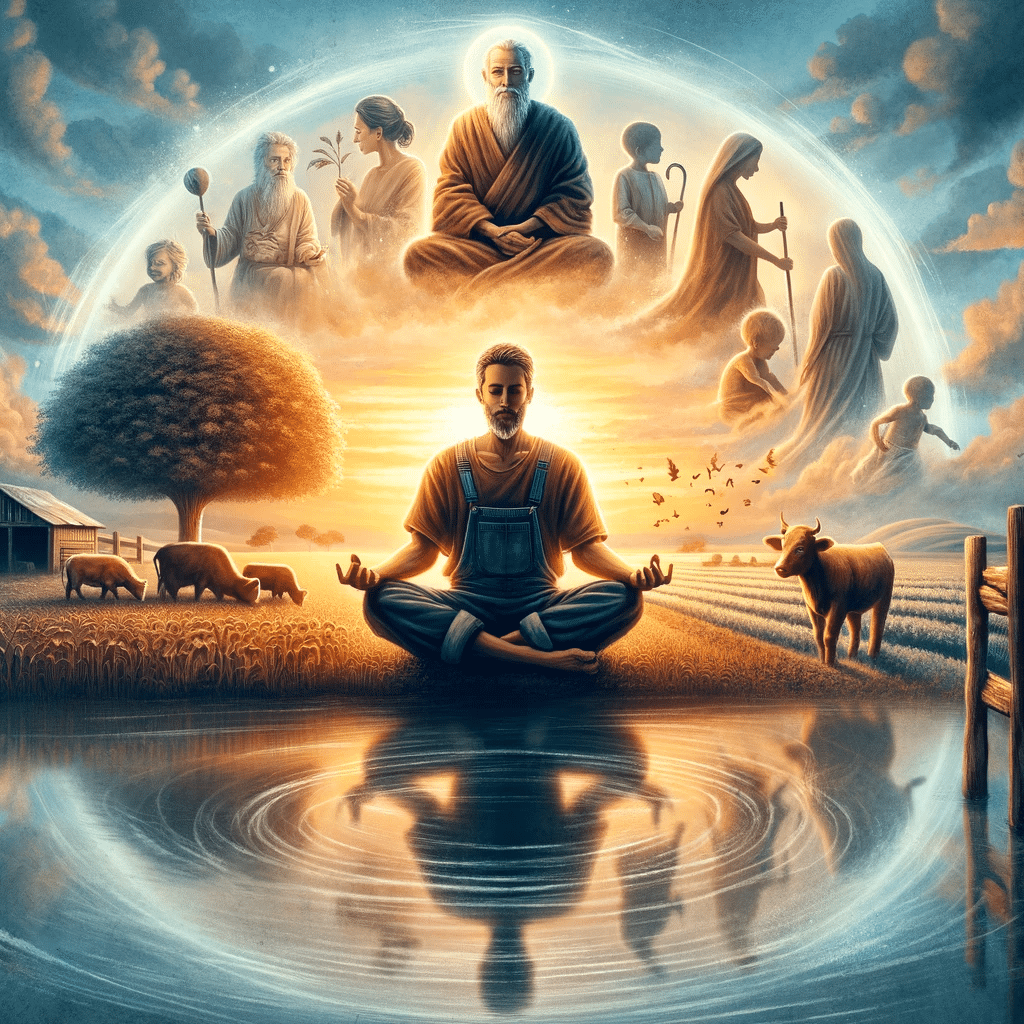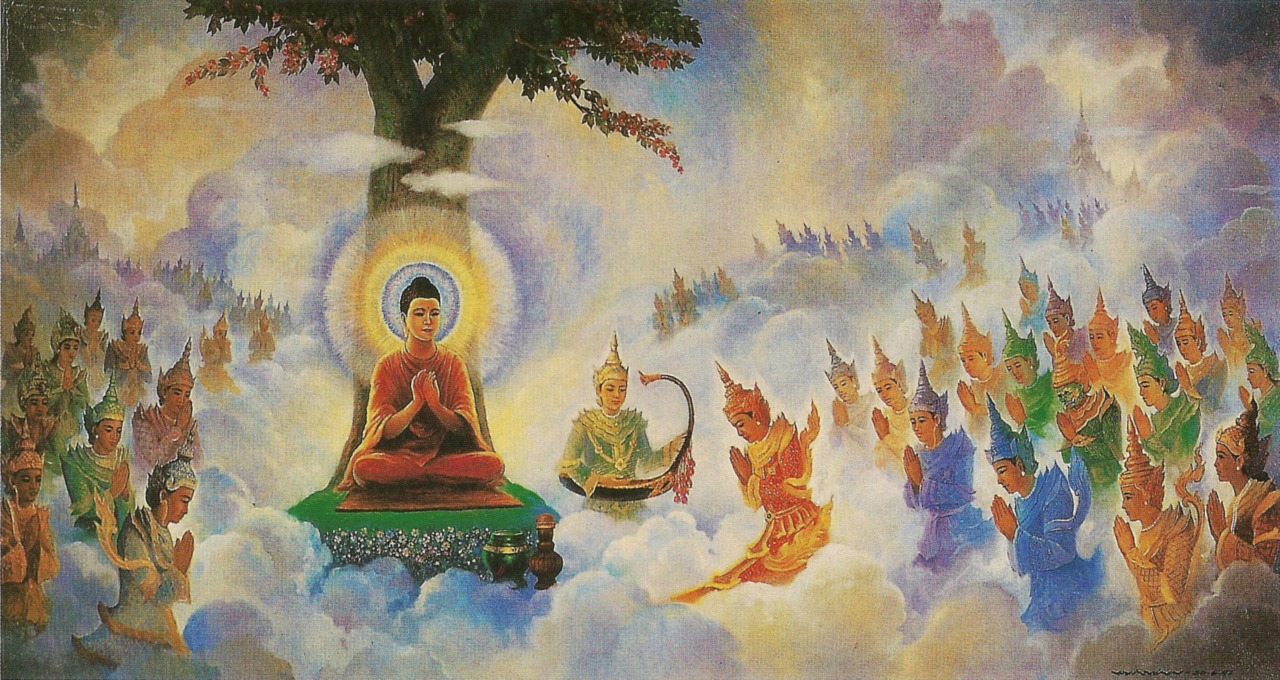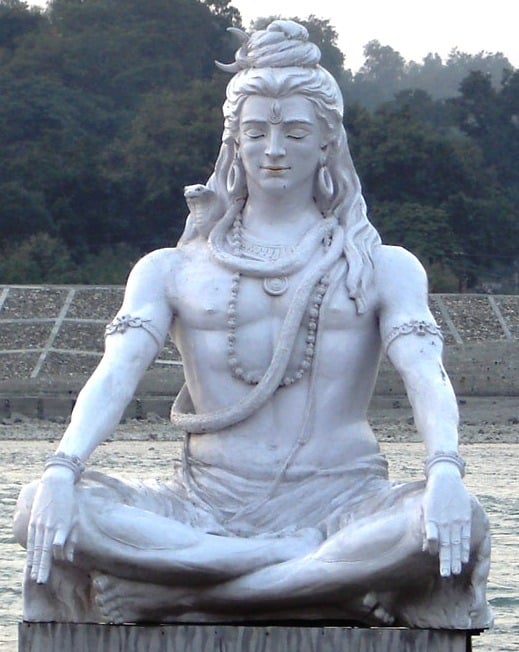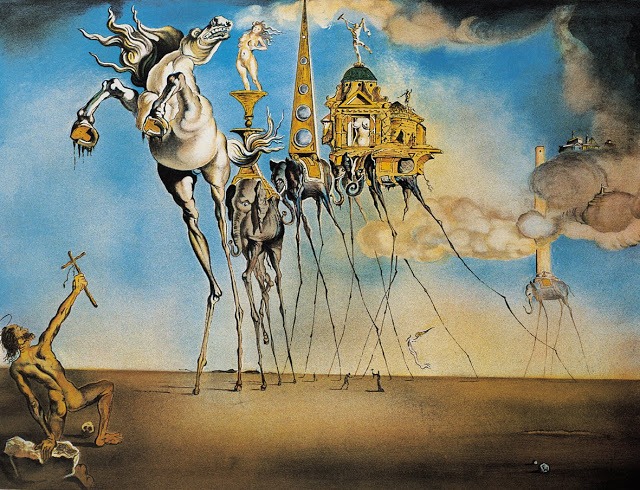Santosha | संतोष | Contentment | Satisfaction
Santosha, the second Niyama of Patanjali’s Yoga Sutras is sometimes spelled Santosa, is a portmanteau in Sanskrit, derived from Saṃ-prefix (सं-, सम्-) and Tosha (तोष (from root √तुष्, √tuṣ)). SaM-, means “completely”, “altogether” or “entirely”,[5] and Tosha (from the root √tus), “contentment”, “satisfaction”, “acceptance”, “being comfortable”.[5] In modern Californian yoga culture, we say, “chillin” to express this. Contentment is the name of the … Read more








!["Rough diamond" by Unknown USGS employee - Original source: USGS "Minerals in Your World" website. Direct image link: [1]. Licensed under Public Domain via Wikimedia Commons - http://commons.wikimedia.org/wiki/File:Rough_diamond.jpg#/media/File:Rough_diamond.jpg](https://elliottelford.com/wp-content/uploads/2015/05/Rough_diamond.jpg)
